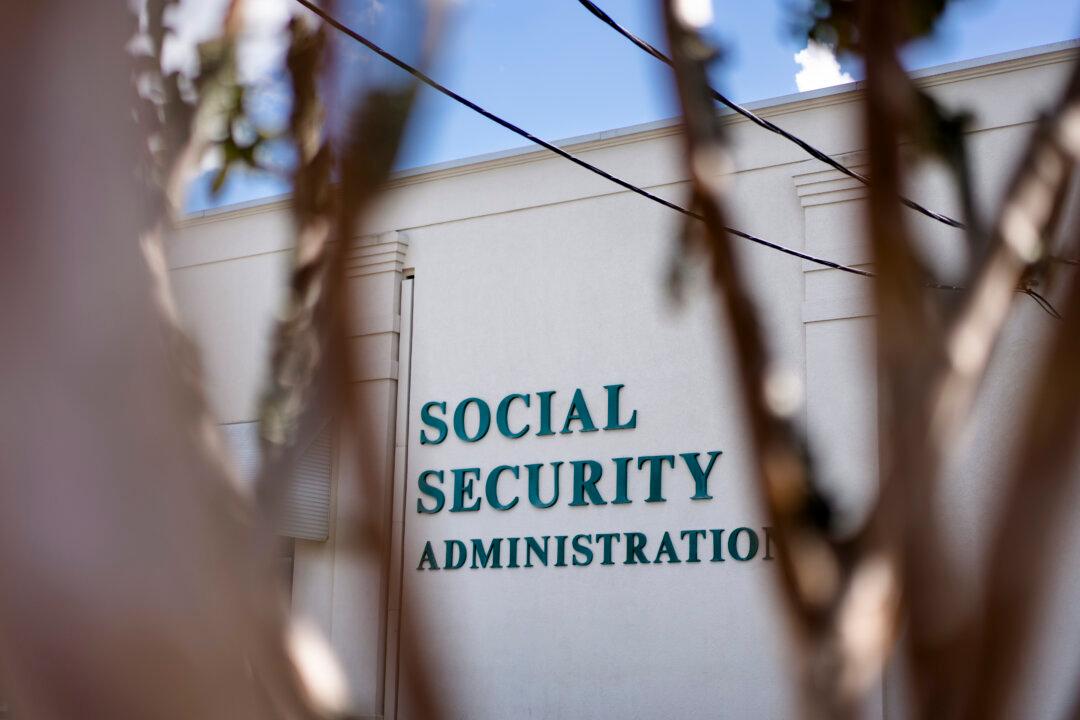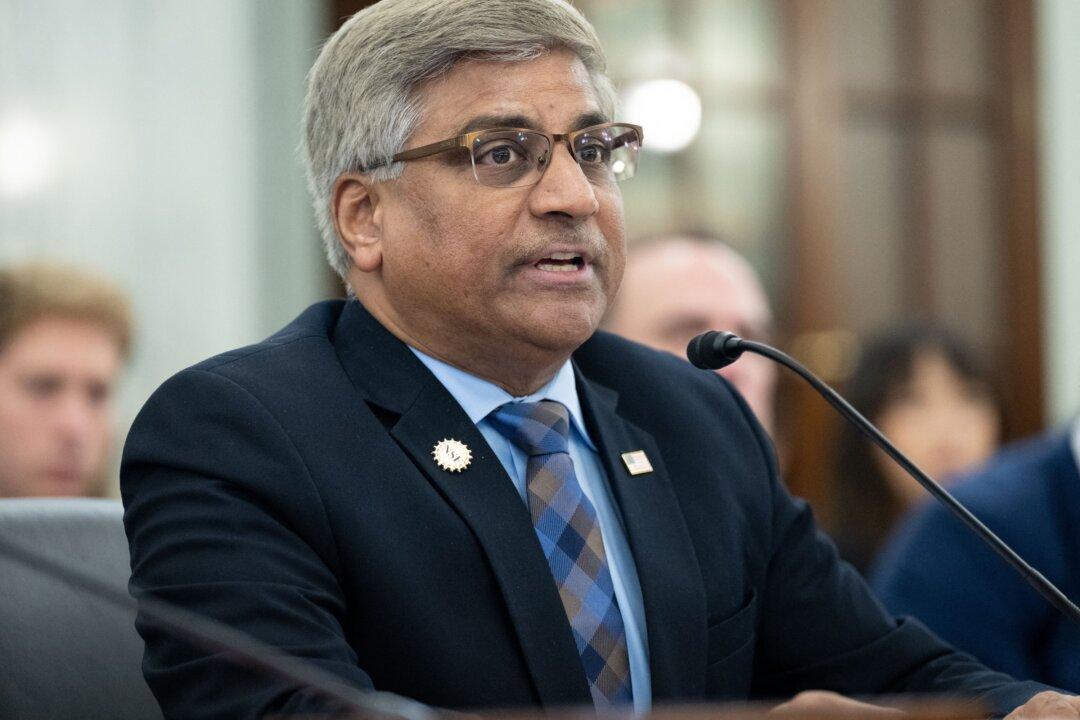The Biden adminstration’s regulatory burdens have cost almost $10,000 for each American household, standing in contrast to the Trump administration, which reduced such costs, according to a recent report by the Committee to Unleash Prosperity.
“If its rulemaking costs accelerate at the same pace that the Obama administration’s did, the result after eight years would be a cumulative $7 trillion, which is almost $60,000 per household.”
In contrast, former president Donald Trump showed that regulatory costs can be “subtracted rather than perpetually added,” the report said. The four years of Trump administration cut down regulatory costs by around $11,000 per household.
“On an annual basis, President Trump was on net reducing regulatory costs (more than $300 billion per year of rulemaking) almost as fast as presidents Obama and Biden were creating them ($600 billion per year of rulemaking).”
Regulatory Burdens
Back in October 2022, the conservative American Action Forum (AAF) had also warned about rising regulatory burdens imposed by the Biden administration.In addition to imposing billions of dollars in additional costs, Biden’s regulations also added an estimated 193 million annual office hours of paperwork, the organization estimated. This is two and a half times the burden added under the Obama administration in its first 22 months in office and 443 times the burden added by the Trump administration.
The Biden administration is said to have quickly run up the regulatory costs partly due to reversing much of Trump’s deregulation. For instance, the car emission rules proposed by former president Barack Obama and scrapped by Trump were reinstated by Biden, with regulatory costs of the move estimated at $180 billion.
The Committee to Unleash Prosperity report also noted that automobile fuel economy and emission standards made up the biggest component of the total regulatory costs, accounting for a third of it. Other major regulatory costs came from health, telecommunications, labor, and consumer finance regulations.
During a June 7 hearing of the House Committee on Small Business, small-business owners called on Congress to ease business regulations.
Inflationary Burden
In addition to regulatory burdens, the Biden administration’s failure to control inflation is also financially weighing down on individuals and businesses.At the June 7 hearing, Silvia Lee, executive vice president and chief lending officer for First Community Bank in Corpus Christi, Texas, said that the Federal Reserve’s decision to raise interest rates to rein in inflation is forcing many customers of her bank to scale down their operations.
Two builders in her area were forced to end operations with unfinished homes, leaving customers scrambling to find a builder to finish the construction, she said.
Meanwhile, individuals are struggling financially due to elevated inflation rates that have remained at or above 4 percent for every single month since April 2021.
A report published by PYMNTS in May revealed that 69 percent of urban Americans were living paycheck to paycheck. This was at 63 percent for rural Americans and 55 percent for suburban citizens.
“The share of adults who said they were worse off financially than a year earlier rose to 35 percent, the highest level since the question was first asked in 2014.”





